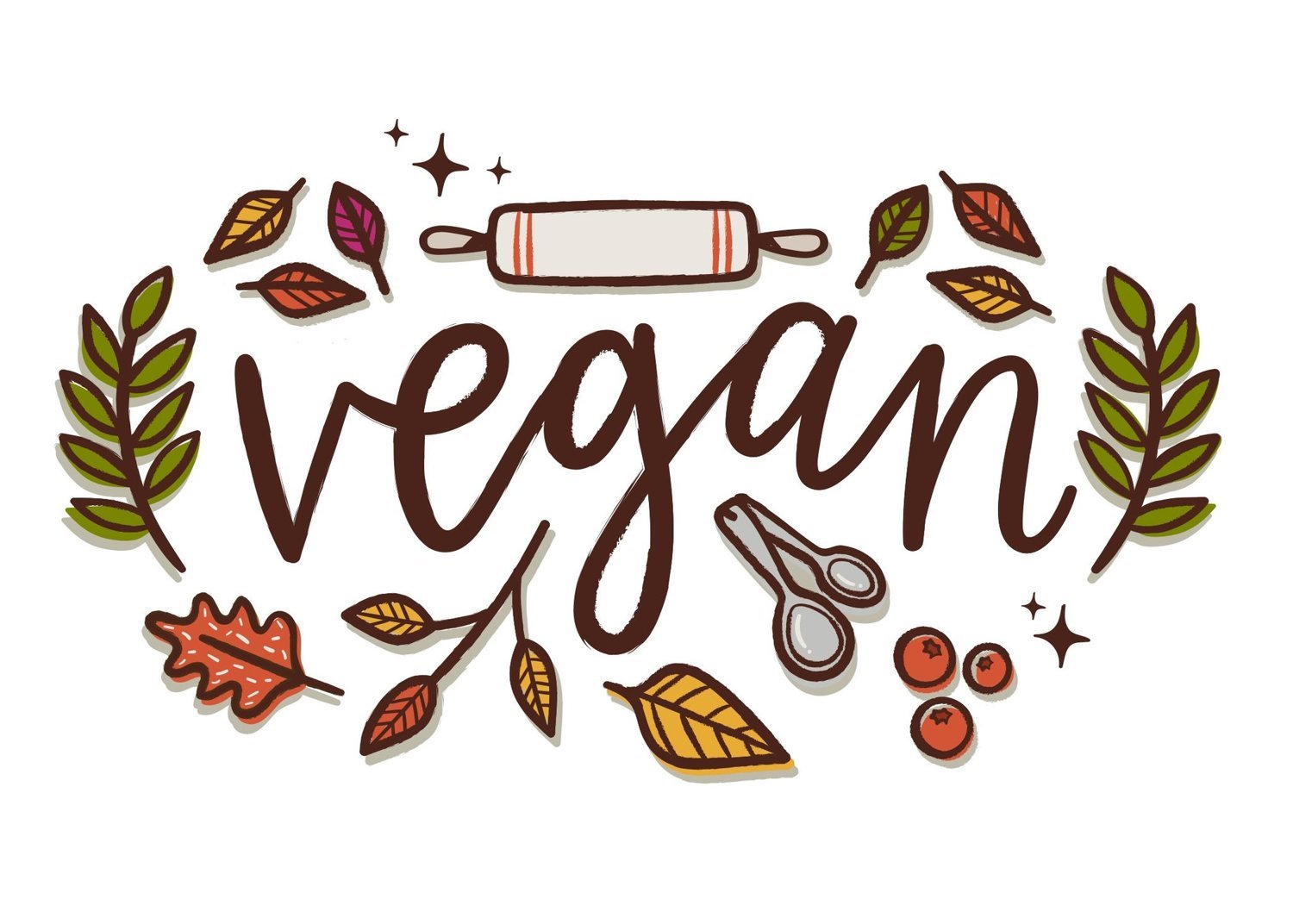

I think there’s only 2 ways to actually kill a cast iron pan. Dropping from a height that causes the brittle metal to break, or putting lead in it. Obviously no one puts lead in their cooking vessels, but small pots are/were used to melt lead to pour in bullet molds, so if you find an old used pot, it’s good to check for lead.
Also, ceramic linings can get chipped.
You can mistreat bare cast iron horribly, never seasoning it, washing it in the dishwasher, or whatever, and it won’t get irredeemably damaged.






Do you use one that is actual chain, or braided wire? I’ve used the braided wire saws, and I like how tiny/light they are, but I’ve never used one of the chain style saws to see if the weight/volume increase is worth it.